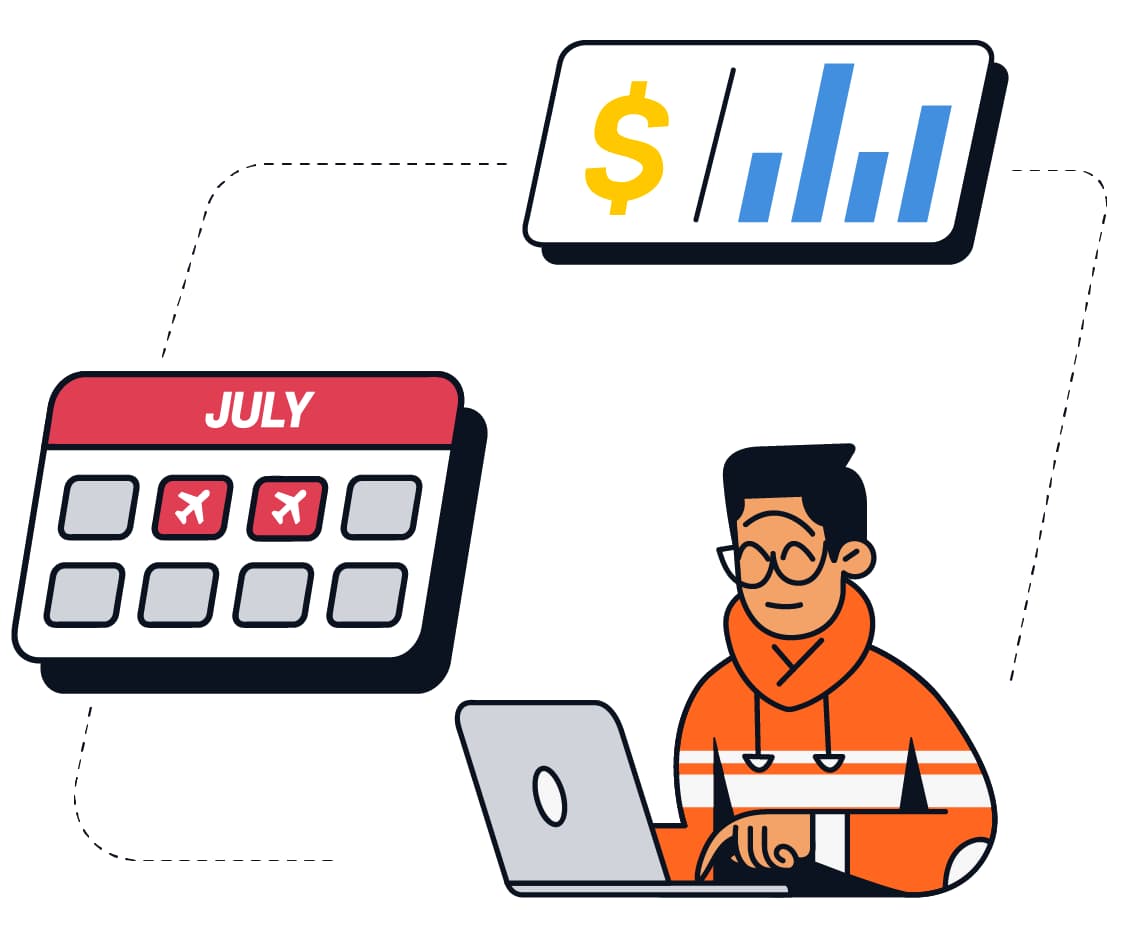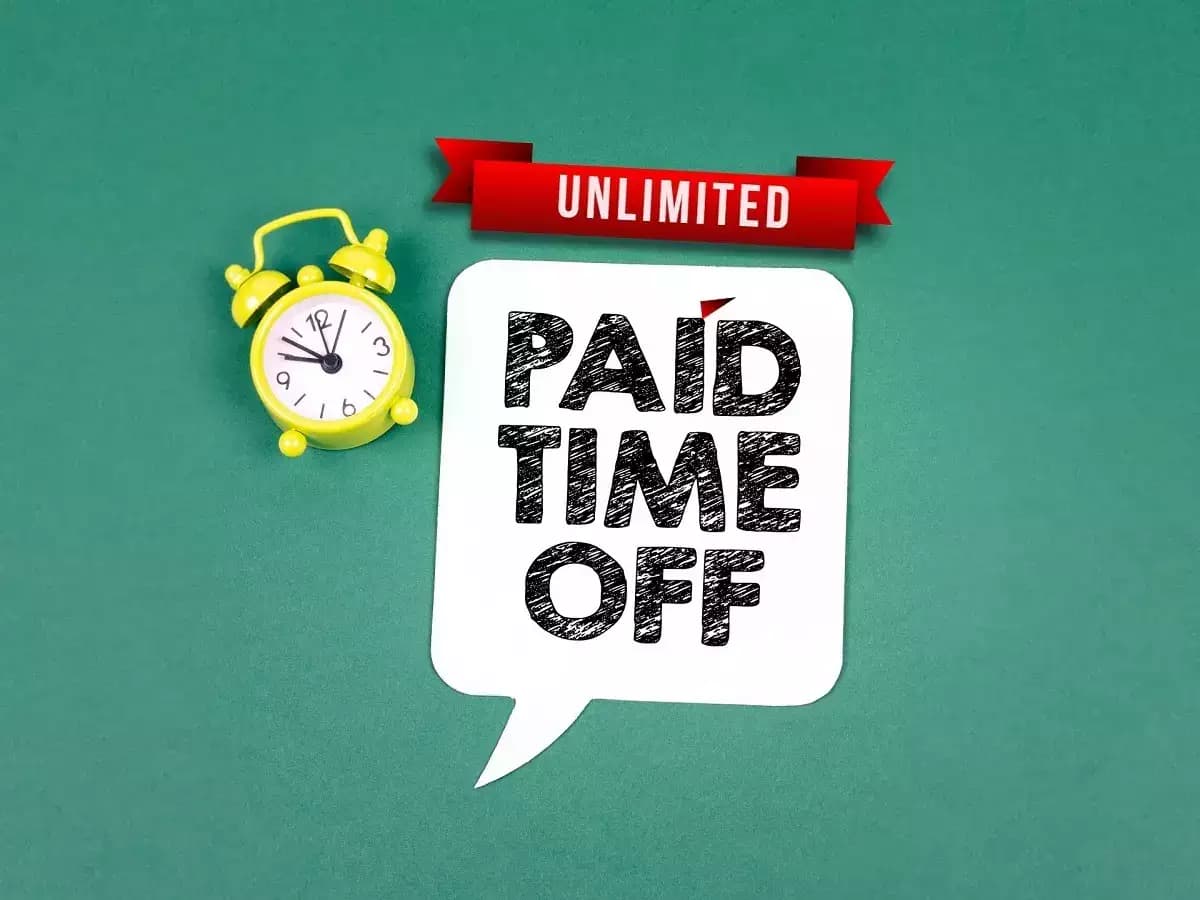Whenever job seekers stumble upon an open position that offers “unlimited paid leave”, it will almost immediately have their attention. At first glance, that seems too good to be true. Take as many days off as you need, and still receive a full salary plus other benefits. Could it be the antidote to work fatigue, burnout, and a myriad of other problems?
Before getting all excited and zealous, here’s what you need to know about unlimited paid leave.
Related post:
- Conversations you’re not ready to have: Pregnant or Promoted?
- How lucky am I to have JobHopin as the first station on my career path!

What is unlimited paid leave? How it works? How can this be happened?
Work smarter, not harder
Such a policy has indeed become more and more common in recent years, even before COVID and remote work. Theoretically speaking, employees could have an unlimited amount of time off for whatever reason it might be: family matters, overseas vacations, or just personal well-being.
Most employees welcome this arrangement, which allows them more flexibility and autonomy. In MetLife’s 2021 Employee Benefits Study, 80% of surveyed staff show interest in increased paid leave or paid time off. More time off means they can take better care of their physical and mental health. It also shows that the company values their people’s wellbeing, which improves employee satisfaction and retention.
>> Read more: Burnout – Who Should Take Action?
Being away from the office for an extended period of time helps employees recharge themselves and find new inspirations. In industries like auditing or banking where there are “high seasons” with overwhelming workloads, employees deserve to unwind through a long holiday afterwards. Whereas for creative workers, it could help them overcome creative blocks, ignite new ideas, and keep them motivated.

Find out ways to efficient work, not hard work!
Since an employee’s performance is measured by the quality of their work and not how much time they spend in the office, unlimited paid leave should not be a problem as long as they can deliver KPIs. But then, this is where it gets tricky.
The cons of unlimited paid leave
Before taking a month-long vacation, employees must finish all the tasks or arrange a handover to colleagues. It could cause them to jam weeks’ worth of work in a few days, thus worsening their work-life balance and compromising their efficiency.
And then, what happens when everyone chooses to have a break at the same time? Especially when key players are off the grid, understaffing becomes a nightmare for management.
The opposite of the spectrum is no less problematic. Peer pressure and hustle culture mean some people don’t use their leave entitlement at all. Taking a long break while everyone else is working hard inherently feels “wrong” and might create hostility where it should not.
>> Read more: Hustle culture – a desirable goal or a toxic lifestyle?
So, how can we make it work?
In reality, implementing this policy is complicated, but not impossible. Back in 2010 Netflix was one of the first enterprises to introduce unlimited paid leave to their employees. Since their employees tend to work irregular hours, it only made sense that they have more flexibility with their time off as well.

Unlimited paid leave: is it possible & how to make it work?
Moreover, its CEO Reed Hastings realized that a lot of the company’s great innovations came into life after the staff came back from vacation. With a few ground rules kept in mind, there’s nothing preventing companies from harvesting the benefits of this policy.
- Get on the same page: There are 2 contrasting types of reaction to unlimited paid leave. There are employees who abuse it and go MIA irresponsibly, and there are the workaholics. Managers must communicate with their team members about what is acceptable and what is not.
- Plan in advance: Effective planning is essential to keep things running. The longer the vacation is going to be, the further in advance it must be noticed. For example, one day off is not a big deal, but one that’s 2-week long needs much longer to prepare. The company policy should have this written in detail.
- Distribute smartly: Instead of waiting until the end of year or peak holiday season to get away from the office, employees should be encouraged to distribute their paid time off throughout the year. This will keep them always refreshed and motivated, instead of having drastic energy fluctuations.
- Be considerate: Mutual respect is the foundation of any high-performing team. Sometimes, a member may plan their holiday at the same time as another teammate, and it’ll be very challenging to have both of them off. In situations like this, it’s crucial that members sit down and lay out an arrangement that works for everyone.
- Make it fair and square: What if dialogue won’t cut it? Consider a rotating system: create a list of who gets to pick their holiday first, and rotate it every quarter or six months. That way, everyone feels appreciated.
Learning from the lessons of early adopters, any company can introduce unlimited paid leave to their employees. Happy employees, happy employers, what’s not to like?
Follow us on LinkedIn to get hottest news about the industry of AI recruiting!
>> Read more: Is it OK to take a nap during work hours?
The JobHopin team

